Freedom and protest at World Press Photo
Exhibition on best in photojournalism from last year returns to CCCB in Barcelona
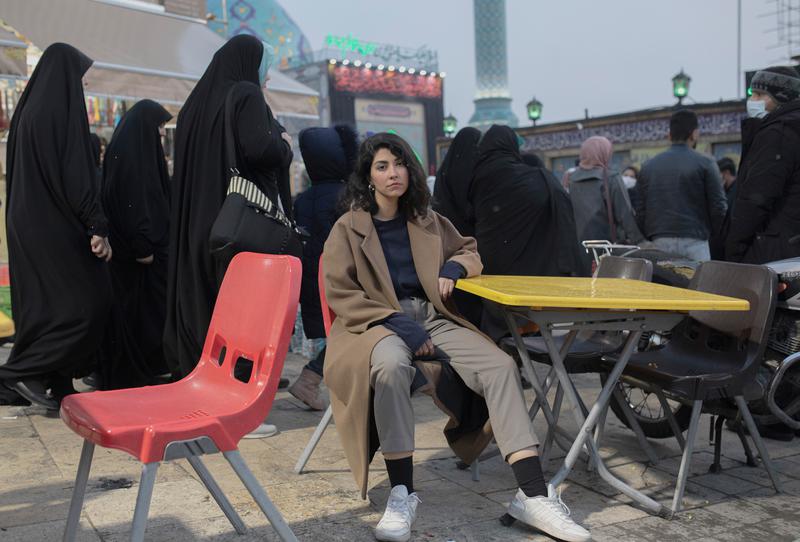
The World Press Photo exhibition gives us the chance to revisit and reflect upon major world events from the previous year.
2022 was another year filled with international conflict, climate disaster, and migration caused by political and natural reasons, and these themes are examined in the latest exhibition, opened in Barcelona’s CCCB now.
“We have a really complex contest, and we spend months selecting what we consider the most impactful stories of the year,” Marta Echevarría, World Press Photo curator, tells Catalan News. “We try to highlight and give a space to people usually pushed away from traditional media.”
The invasion of Ukraine, the ‘Woman Life Freedom’ protests in Iran following the killing of 22-year-old Masha Amini by the country's morality police, and the effects of the Taliban retaking control of Afghanistan are just some of the stories that had a global impact last year that feature in this year’s exhibition.

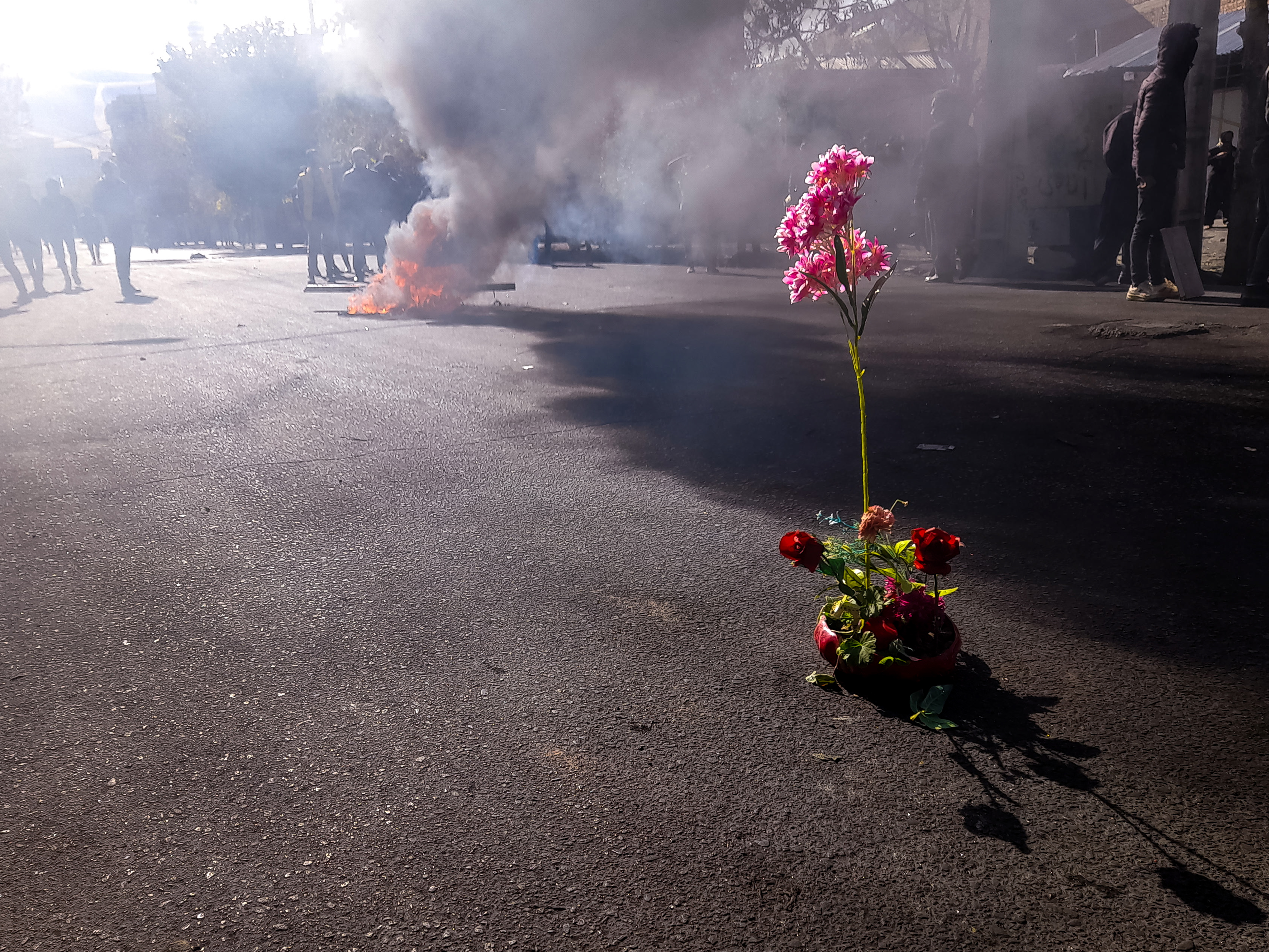
As well as major events and conflicts, organizers of the photojournalism showcase give prominence to longer-term projects that won’t make the day-to-day news, such the profiling of young New York artists of a new musical genre called drill who often persecuted by police, the devastating fatal consequences of Rodrigo Duterte’s war on drugs in the Philippines, and efforts of scientists to breed alpacas more resistant to extremes in temperature.
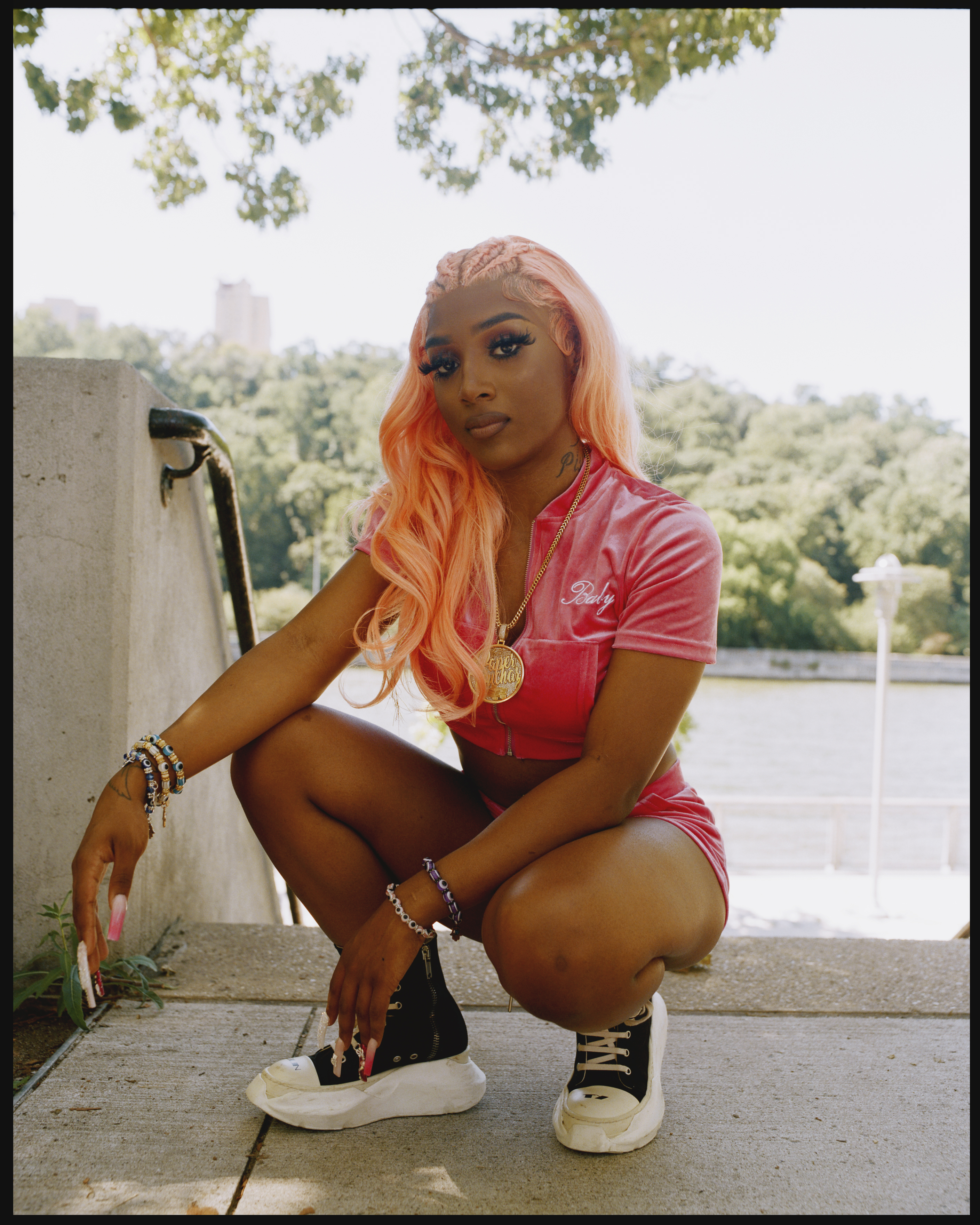
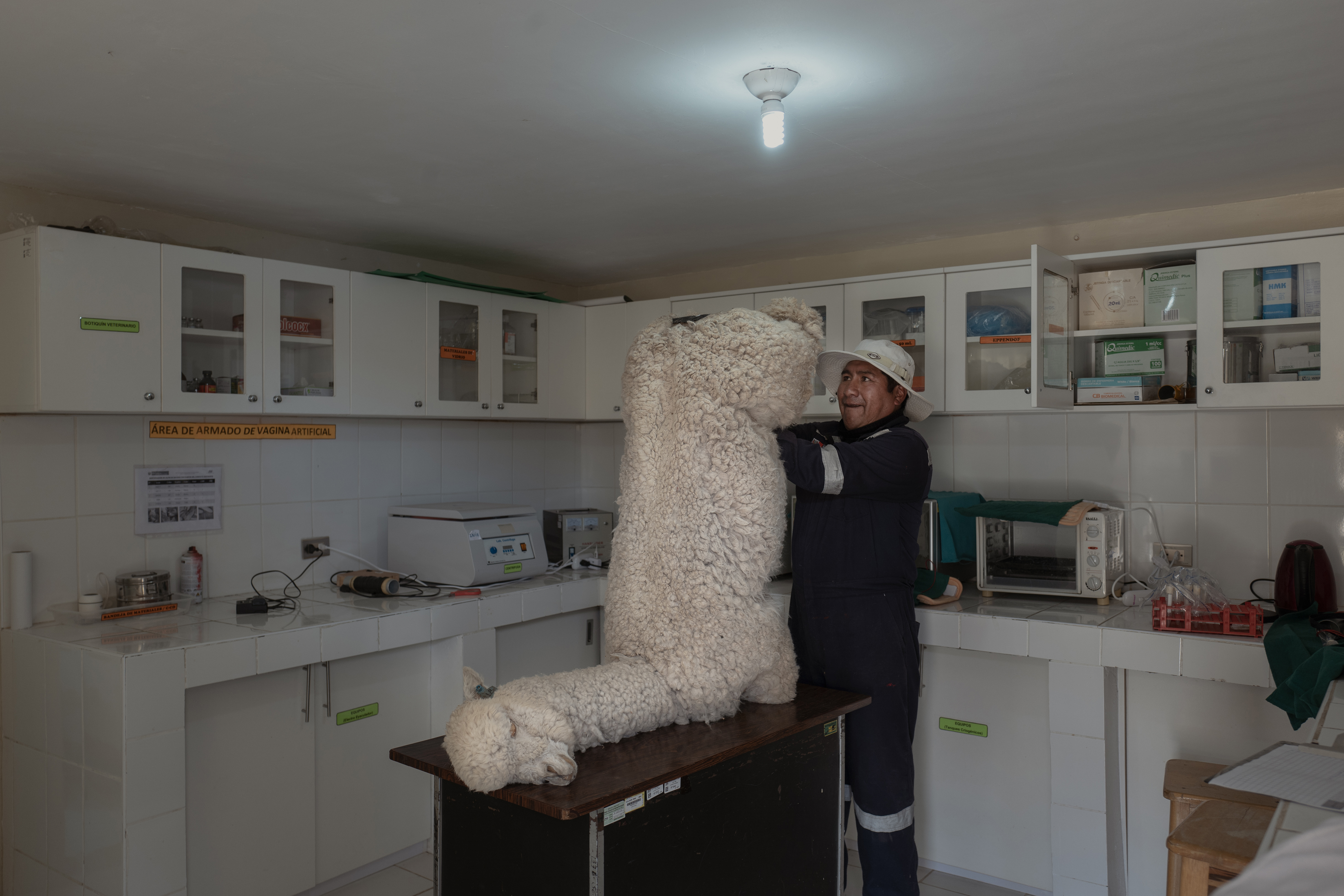
Invasion of Ukraine
The Photo of the Year from this year is by photographer Evgeniy Maloletka who was one of the “few photojournalists in Mariupol [Ukraine] when the city was attacked and evacuated,” Echevarría explains.
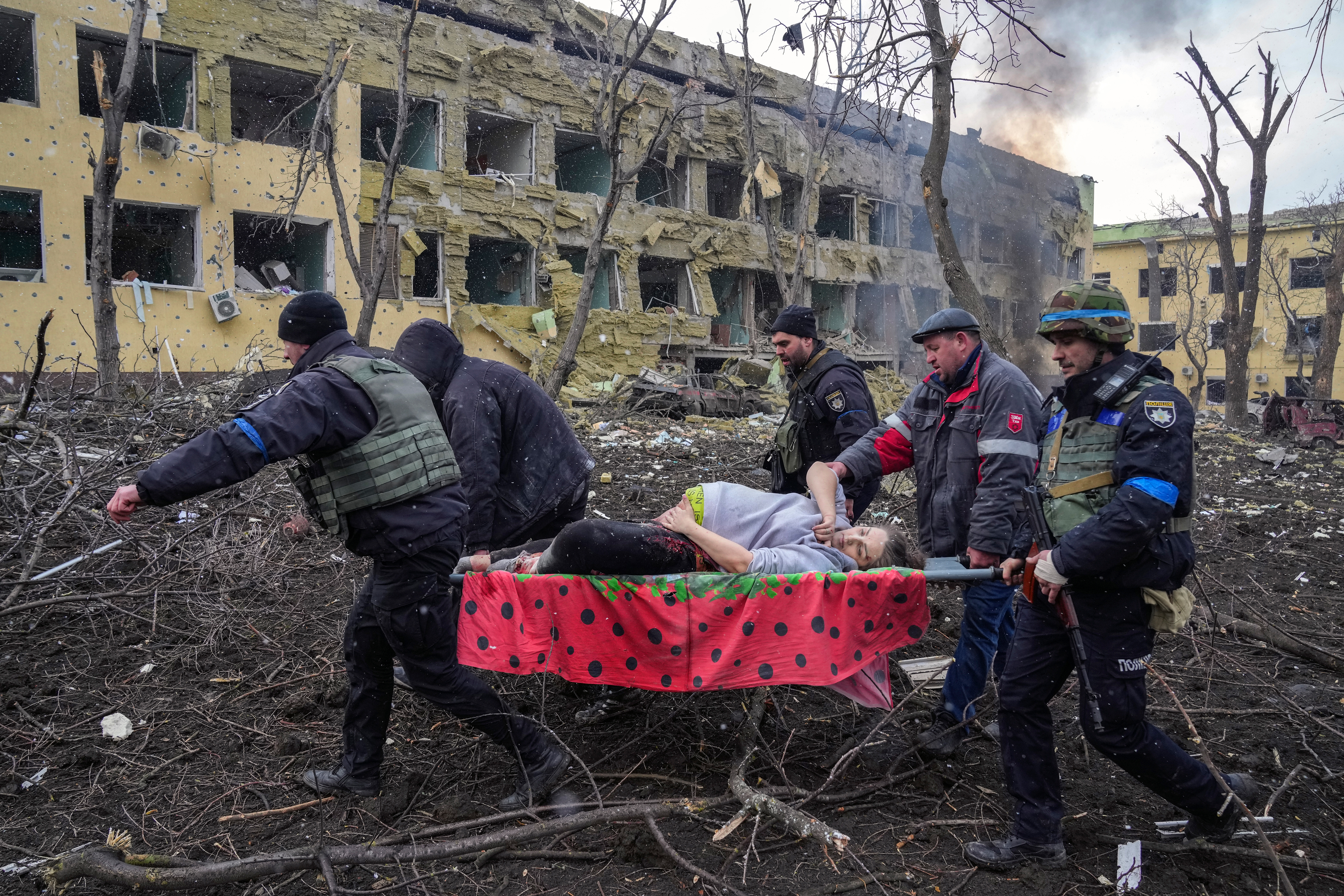
“So that already meant he was one of the few eyes and cameras documenting the first war crimes. Today it functions as a document, an evidence of war, so in that sense it’s incredibly relevant historically.”
The winning photo depicts the aftermath of the bombing of a maternity ward in the southern Ukrainian port city that Russia deemed strategic enough to target early in the invasion.
Israel-Palestine and press freedom
The ongoing conflict between Israel and Gaza may feature in next year’s exhibition, but a moment of tension during the funeral of Al Jazeera journalist Shireen Abu Akleh, assassinated by Israeli police in May 2022, features this year.
“In this photograph there is a clash between the mourners who were not being allowed to carry the body of the journalist and the Israeli police who are seen attacking the mourners,” Echevarría says.

“It’s just one photograph but it does say a lot about how journalists are not being allowed to rest even after death and about how these mourners are not being given the space to mourn their dead.”
The photo is especially pertinent as it reflects the infringements on press freedom, not only in the fact that journalist Shireen Abu Akleh was killed. For the exhibition organizers, this incident is reflective of the dangers journalists in Palestine are facing amid the ongoing conflict.
“We see the symbol of press and press freedom as one of the main elements of any free democracy, where journalists are respected in theory around the world, allowed to operate freely, and we know that today carrying a press symbol in Palestine doesn’t mean much, it doesn’t protect you anymore, and I think that’s one of the most concerning things.”
Censorship
The exhibition made headlines this year when it was partially censored in Hungary because of a set of photos depicting a community of queer men in the Philippines.
A project in the southeast Asian country called ‘Home for the Golden Gays’ brings elderly queer men together to “build a chosen family for themselves,” Echevarría explains. “As queer men they have been excluded from many other parts of society, so they chose to build a community of support.”
The photos featured in the World Press Photo exhibition show the men in beauty pageants, in gatherings hanging out together, portraits; “it’s a very subtle and wholesome project,” Echevarría says.

However, “Hungary has very strong policies against LGBTQI people, and they consider this project to be propaganda.”
As a result, the strict laws said that the project, and therefore the entire exhibition, constituted propaganda, and under 18s were banned from visiting World Press Photo when it passed through Budapest recently.
“We’ve never experienced something like this before,” Echevarría says, although she acknowledges that “we did see a buildup of dislike towards our exhibition from the Hungarian government in the past."
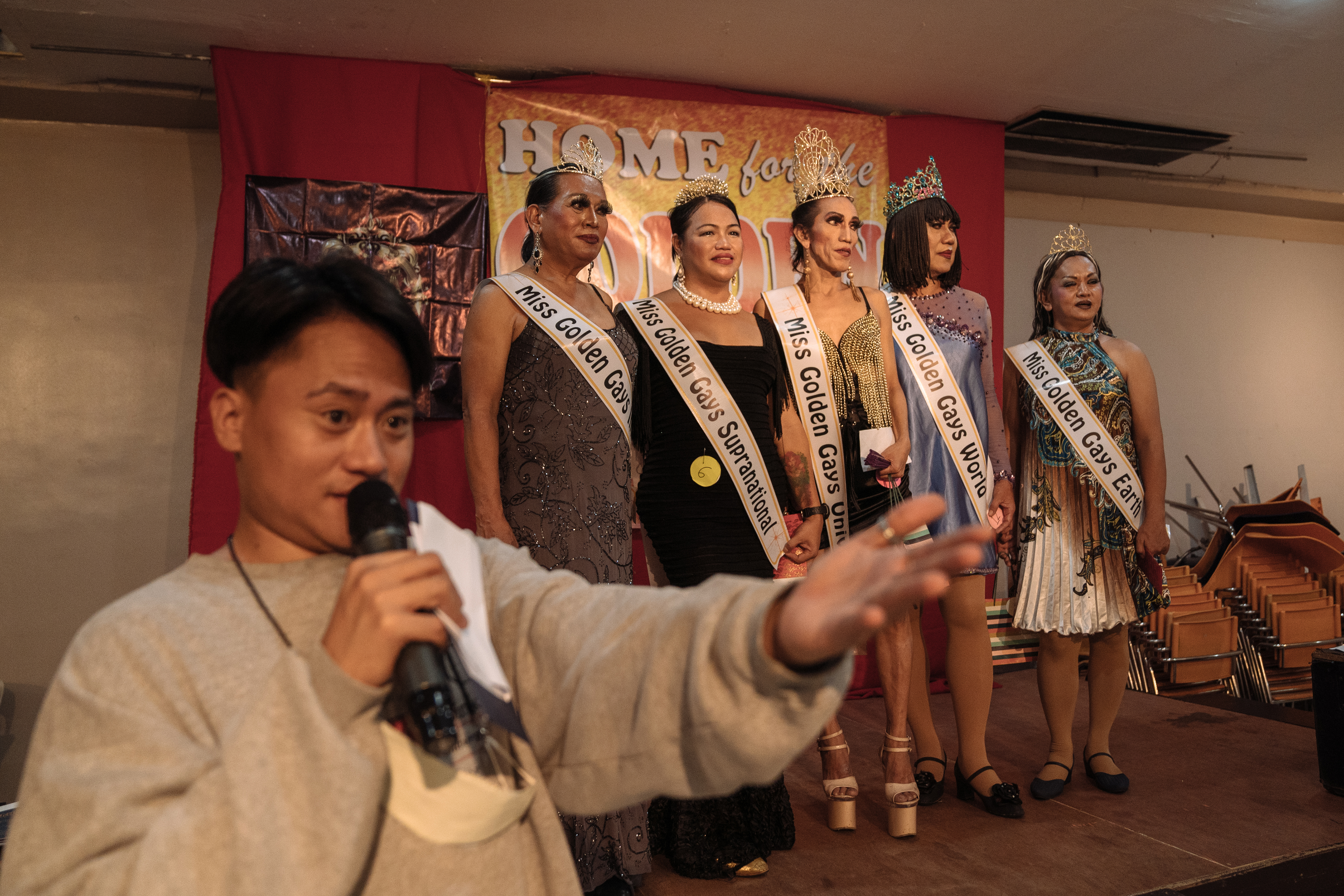
"But at the same time, we’ve been having the exhibition in Budapest for 30 years and it’s been incredibly successful, people really like the exhibition and there’s a really good history of photojournalism in the country. It’s more the recent government doesn’t agree with our type of work and our mission as a foundation.”
The World Press Photo exhibition is open to visit in the CCCB in Barcelona until December 17.
